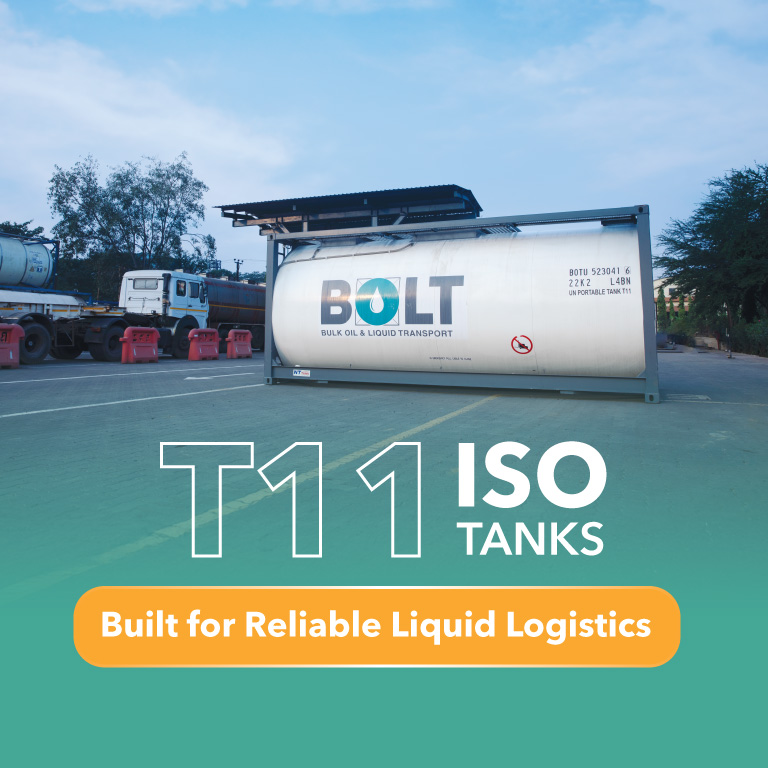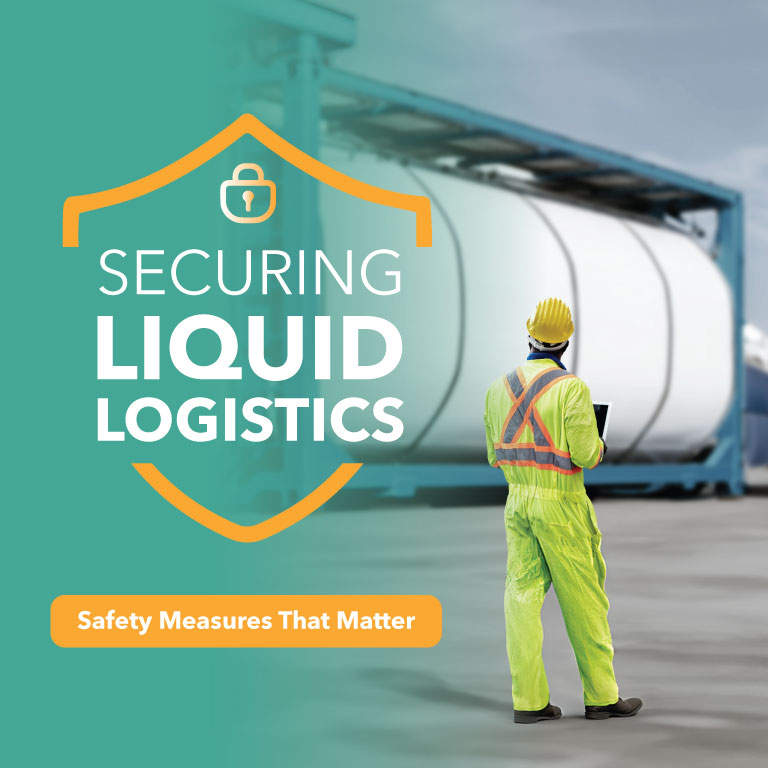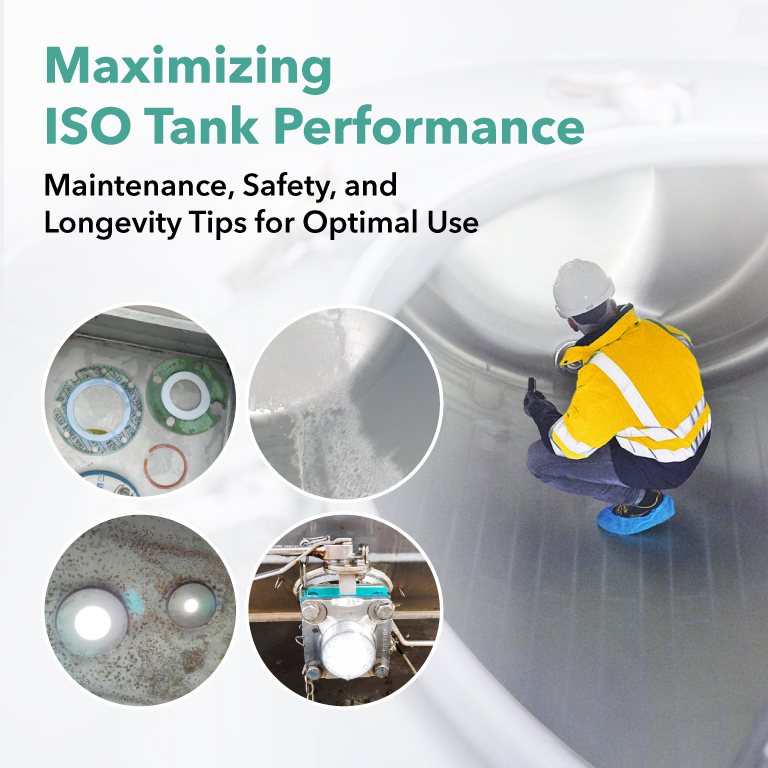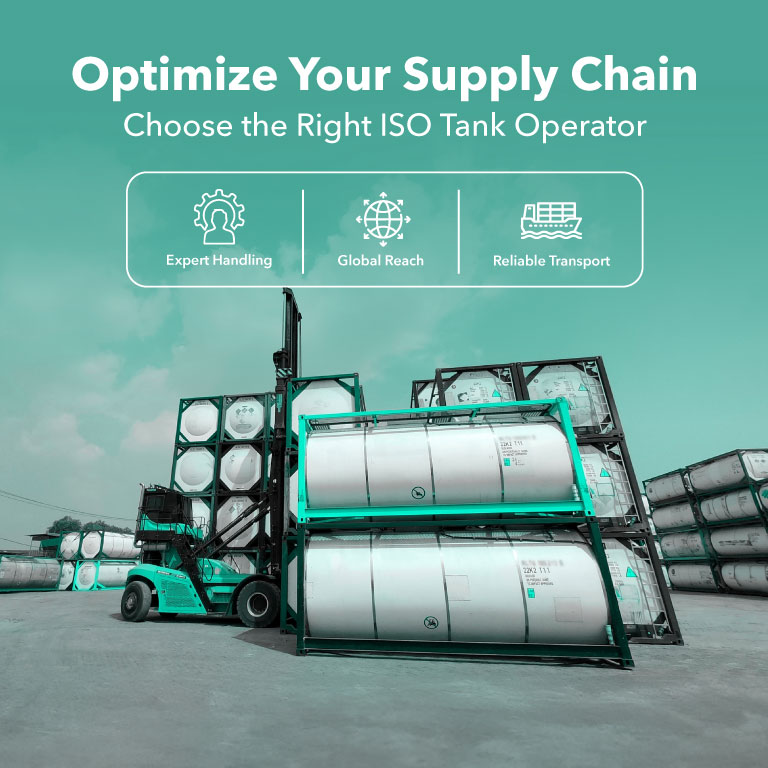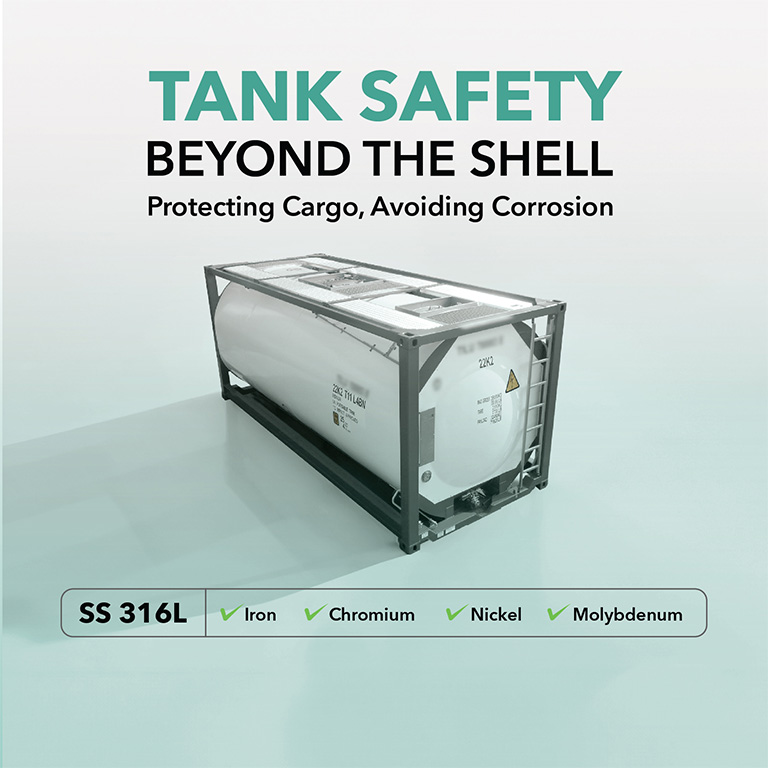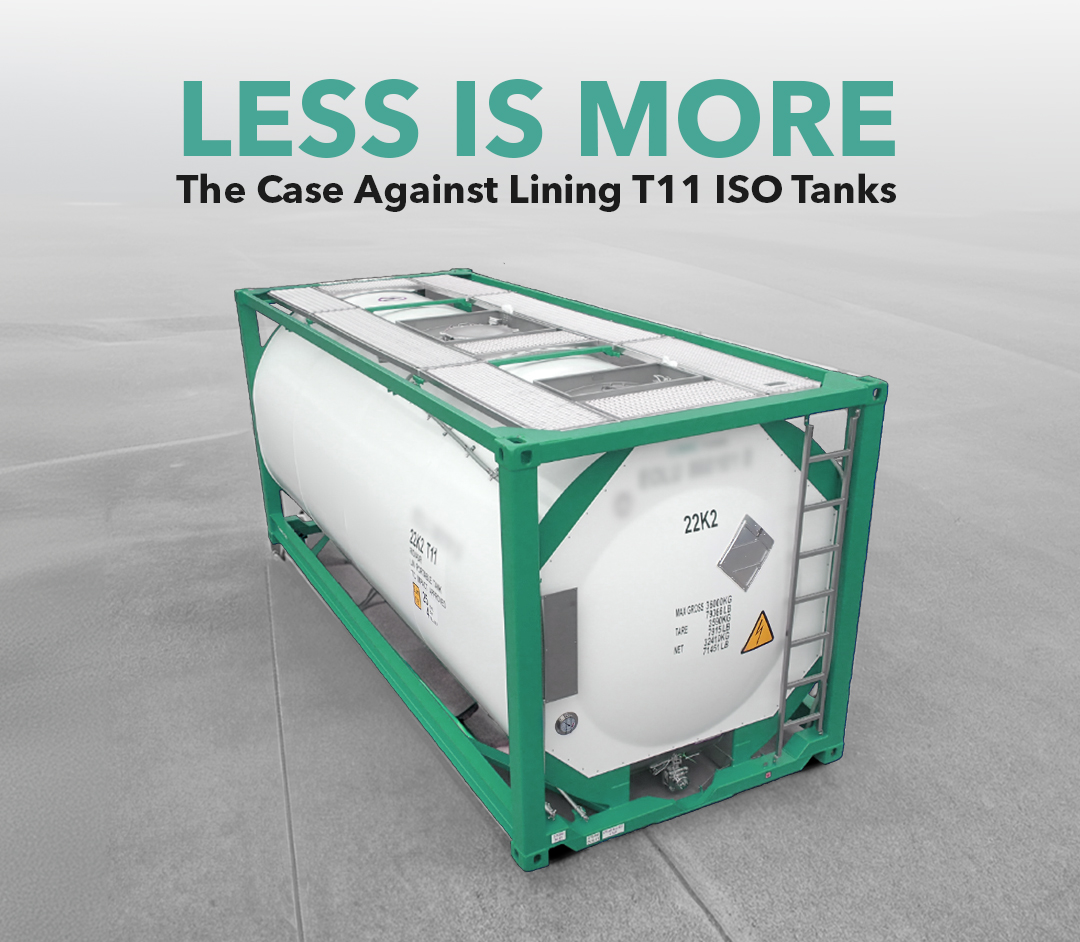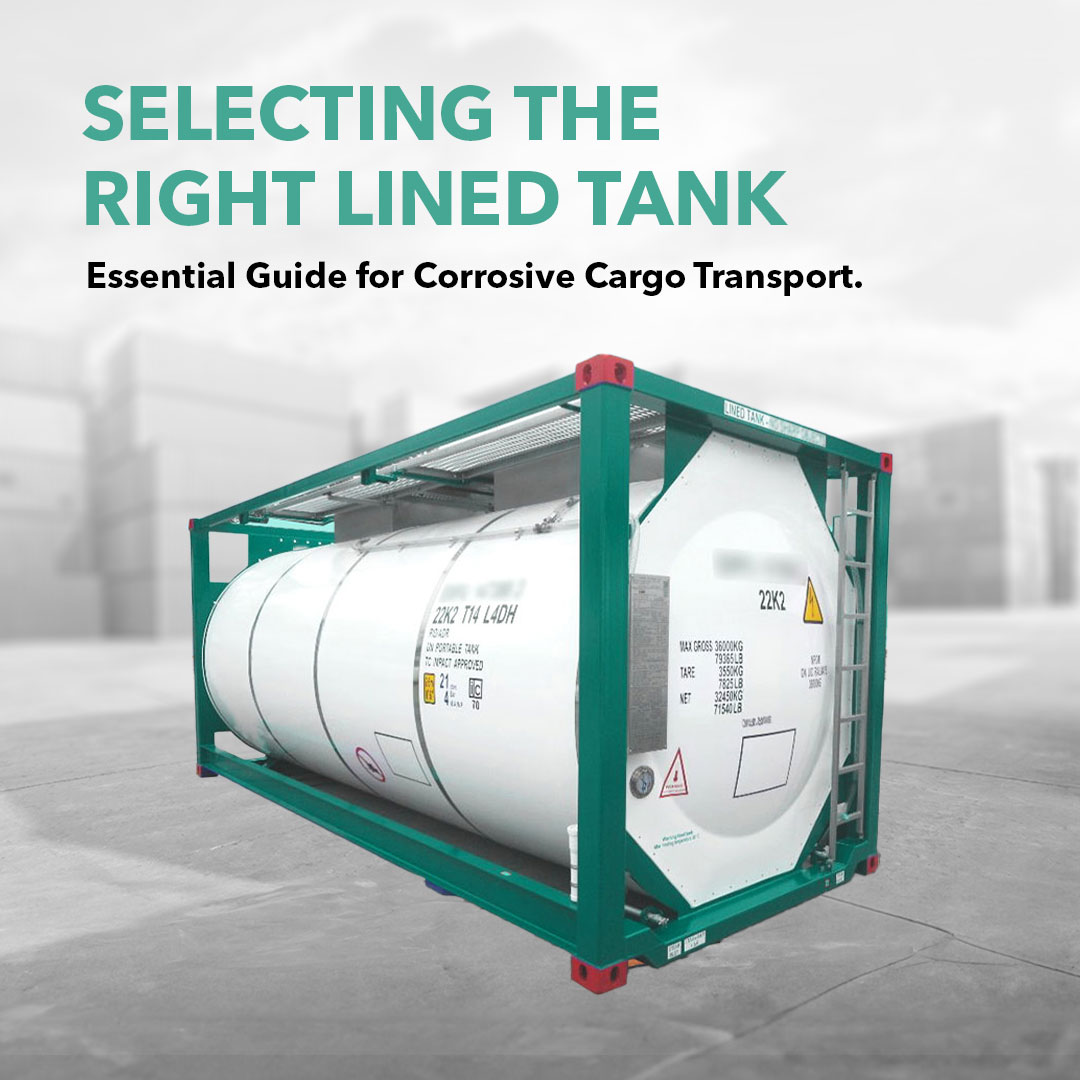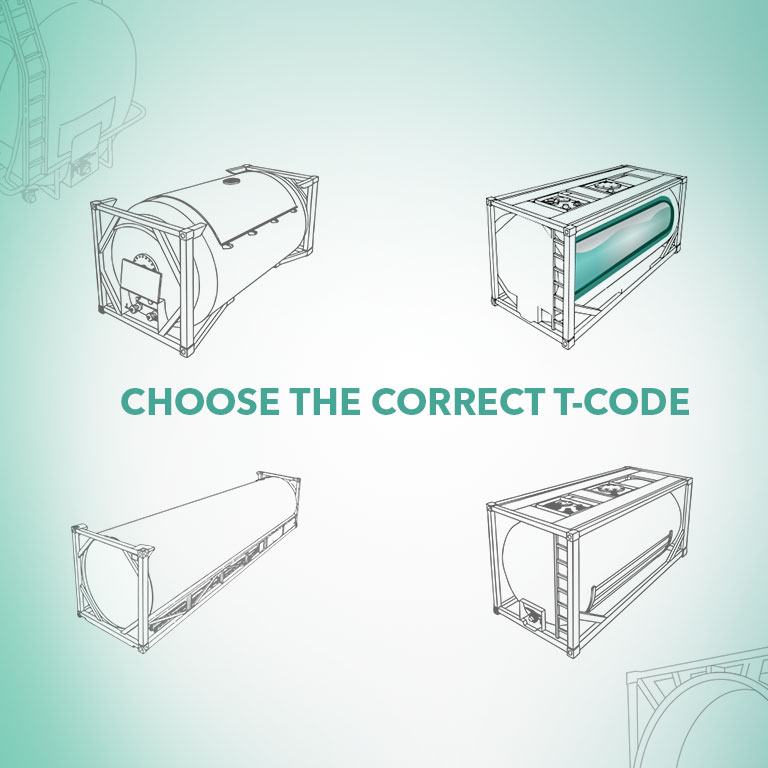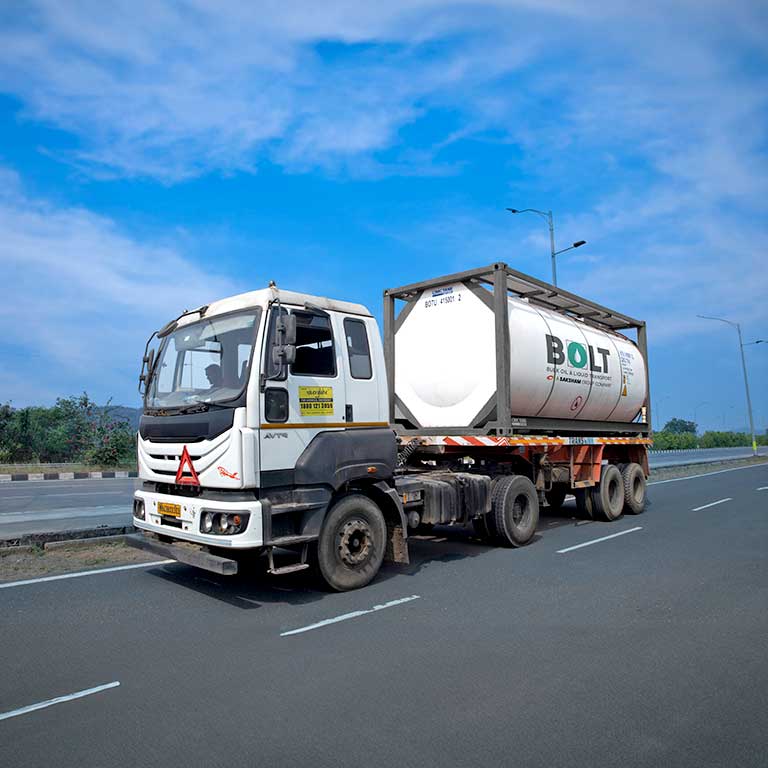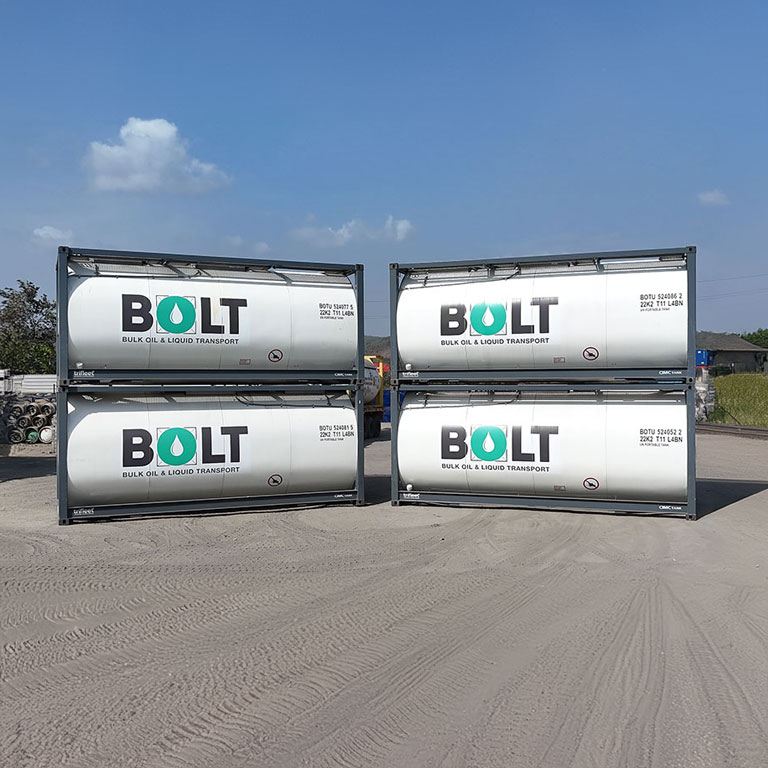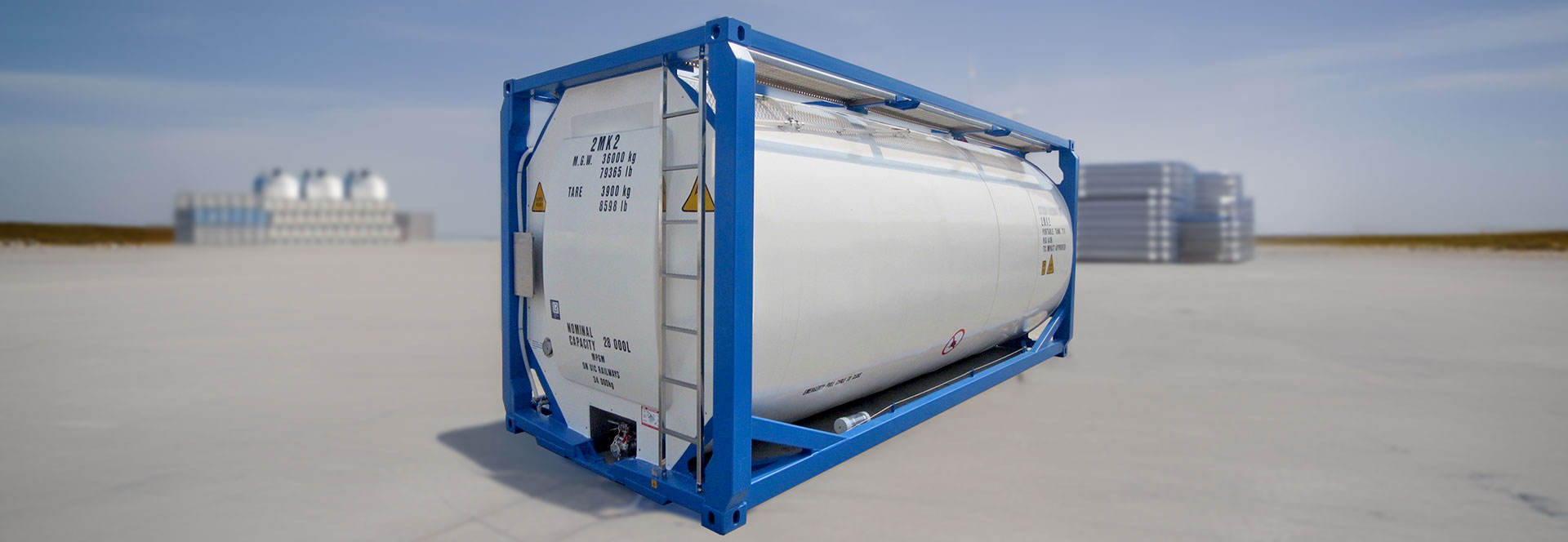
Compatibility with ISO Tank Container
Perhaps the most important consideration for an ISO tank container operator is whether the substance(s) to be transported is or are compatible with stainless steel tank containers. For the transport of dangerous goods there are mandatory requirements for this. Essentially, ascertaining that there is compatibility in the transport of dangerous goods in tank containers is a two-way process:
- Substances to be transported must not have any detrimental effects on what the tank shell, all the valves, manlids, pipework and closures
- What the tank shell, all the valves, manlids, pipework and closures are made of must not affect the substance(s) to be transported.
With respect to the first point, I have to say that the ISO tank container industry throughout the world has been suffering from pitting episodes of the internal surfaces of the tank shell.
Such corrosion is also noted commonly on the seat of the poppets on foot valves. This pandemic has been going on ever since I first got involved with ISO tank containers in the early 1970s and seems to have no end. Under the standard terms of transport, a consignor/shipper may be held liable for any pitting incidents. Such pitting episodes have been known to be so pervasive and deep over the tank surfaces as to render it irreparable – a write-off.
There are some classic case studies as to why this is happening but let me say first of all that just because a substance is listed in the Dangerous Goods List in a different class to Class 8, the transport class for corrosives does not mean that if a substance is classifiable in a different class corrosion will not occur! Indeed substances which are allegedly “non-hazardous” are known to have caused pitting in the past.
A classic example of this is of a brand new ISO tank container, straight out of the factory where it was made in Europe was sent to North America for the purpose of transporting artesian well water – water that has been under the ground for thousands of years and said to be the purest form of naturally occurring water. At the end of the six months contract pitting was found on the seat of the foot valve. I do have an idea as to why this did happen, by the way but this story just shows how careful consignors/shippers need to be in guaranteeing that there is full compatibility between the substance(s) they want transporting in ISO tank containers and what the tank container and its components are made of.
In another classic example, a Western Europe factory was receiving a raw material from two different sources. The substance is fairly well known in the tank container industry but I will not name it. I will say at this stage that chlorine was used in its manufacture and was built into the molecule.
The raw material came from two sources, one in Russian and one in the USA. This substance had a high melting point temperature of around +80oC and so had to be heated to well over 100oC for discharge. You need a temperature much higher than the melting point temperature for unloading to counteract the cooling effect of the remaining amount of product in the tank so that a complete discharge can be made. The ISO tank containers were heated by the consignee at their factory.
Regularly the raw material from Russia pitted the tank shell when heated for discharge. Regularly the raw material from USA did not pit the tank shells even though the raw material from both sources were heated to the same temperature for discharge. It took investigations by university professors to work out what was going on. It was found that the Russian material was manufactured by a cheaper process which left more unreacted chlorine in it. On the other hand, it was found that the USA material was made by a more expensive method which left little or no unreacted chlorine in it and so did not pit the tanks! So here is another part of the story of how to avoid corrosion. Let there not be any residual contaminants in a substance which might cause corrosion. In particular, I advise to ensure that there are no free ions of any of the halide chemicals in the products you, the shipper, want to load in tank containers meaning no free Bromine, Chlorine, Fluorine, Iodine etc. in the product. As per this example, to the tank container operator the substance collected from one consignor/shipper might be thought of as being identical to the same substance collected from another consignor/shipper because both consignors/shippers ship under the same dangerous goods UN number but this can be misleading.
The temperature of a substance can also increase the risk of corrosion. The same substance loaded hot into an ISO tank container at a high temperature may cause corrosion when the same substance loaded at ambient temperature may not. I well remember an incident when a customer rang me in a panic on a Friday afternoon begging me to find an ISO tank container to load at 06.00 hrs on the following Monday. Where to find the tank? Where to find the truck and driver. Anyway we managed to find tank, truck and driver at such short notice? I called the customer and said we could do the job. The customer had forgotten to tell the plant to make the product and were going to call in workers on overtime over the weekend to make it. I then reminded the customer that this substance was made hot and it really needed to cool down to ambient temperature before loading or pitting would occur.
The customer promised faithfully to do this.
When I came into work the following Monday at 08.00 hrs I got a call from the trucking company. The truck, tank and driver had arrived at 06.00 hrs as required but loading had not commenced. It transpired that the customer had suffered a plant breakdown over the weekend and they were still making the product. It was loaded without the necessary cooling.
Result? A seriously pitted ISO tank container, sufficiently damaged to be a write-off. The customer did not mind, however, as they got the order fulfilled and they kept their customer but at the expense of a wrecked ISO Tank Container.
Compatibility must also be assured between the substance(s) carried and all the gaskets fitted to ISO tank containers:
- The manlid gasket
- The gasket between the companion flange on the tank shell and the foot valve
- The usually solid gasket of the butterfly valve
- The O-rings in the stem of the butterfly valve
- The O-ring in the screw-on drip cap
- The gasket between the foot valve and the butterfly valve and so on.
The use of incompatible gasket materials has been the cause of many tank container incidents where, for example, the substance being transported has a solvent effect on the material from which the gasket(s) have been made.
And then there is the other aspect of the two-way assessment of compatibility. If it were possible for the substance(s) to be transported to pick up some kind of contaminant from what the tank shell, pipework, valves and/or all the gaskets are made of, for example, to act as the catalyst for a dangerous reaction, perhaps stimulating polymerization then that must be taken into account in the planning of a transport operation with ISO tank containers.
Most tank containers, their pipework and valves are made of an austenitic stainless steel. Stainless steel is an alloy of iron and (for our purposes) two other metals, chromium and nickel.
The alloys we use in the manufacture of our ISO tank containers will typically have other ingredients to improve the performance of the alloy in one way or another. One such substance which is added to the kind of stainless steels we use is molybdenum which can have several good effects including helping with corrosion resistance.
Let’s have a look at what the dangerous goods regulations say about all this. I quote from the International Maritime Dangerous Goods Code (IMDG Code) though the same or very similar rules may be found in the dangerous goods regulations for the other modes of transport:
Portable tanks shall be made of materials which are:
- Substantially immune from attack by the substances intended to be carried; or
- Properly passivated or neutralized by chemical reaction; or
- Lined with a corrosion-resistant material bonded directly to the tank shell or attached by equivalent means” and “6.7.2.2.3 Gasket shall be made of materials not subject to attack by the substance(s) to be carried.”
The Code has more to say about the use of lining materials.
Turning to the other aspect of compatibility, the Code says:
"The materials of the portable tank, including any devices, gaskets, linings and accessories shall not adversely affect the substance(s) intended to be carried in the portable tank.”
Passivation, by the way, is the formation of an invisible layer of oxides of chromium on the surface of stainless steel and might in some circumstances afford sufficient protection against pitting.
As consignors/shippers will know, it is mandatory for the master of the ship upon which dangerous goods are to be carried to provide a sea-mode dangerous goods transport document often referred to as a “Dangerous Goods Note” or “DGN”. This document has to be signed. The person signing the document gives a legally binding declaration that everything is OK with the consignment. I repeat the text of this declaration. I quote the words of this declaration – a sort of guarantee below from the IMDG Code:
I hereby declare that the contents of this consignment are fully and accurately described above/below by the Proper Shipping Name and are classified, packaged, marked, labelled/placarded, and are in all respects in proper condition for transport according to the applicable international and national government regulations.”
The person signing this document guarantees, among other things that the dangerous goods are “packaged” correctly. When you are reading and applying the IMDG Code to your work, the term “packaged” means any form of containment specified in it including portable tanks (ISO tank containers. This means, that the persons signing the DGN is guaranteeing there is compatibility with the ISO tank container on this two-way principle: product must not affect the tank and tank must not affect the product. These are awesome responsibilities which the signatory takes on when signing a DGN.
Roy Boneham
IMDG Expert

